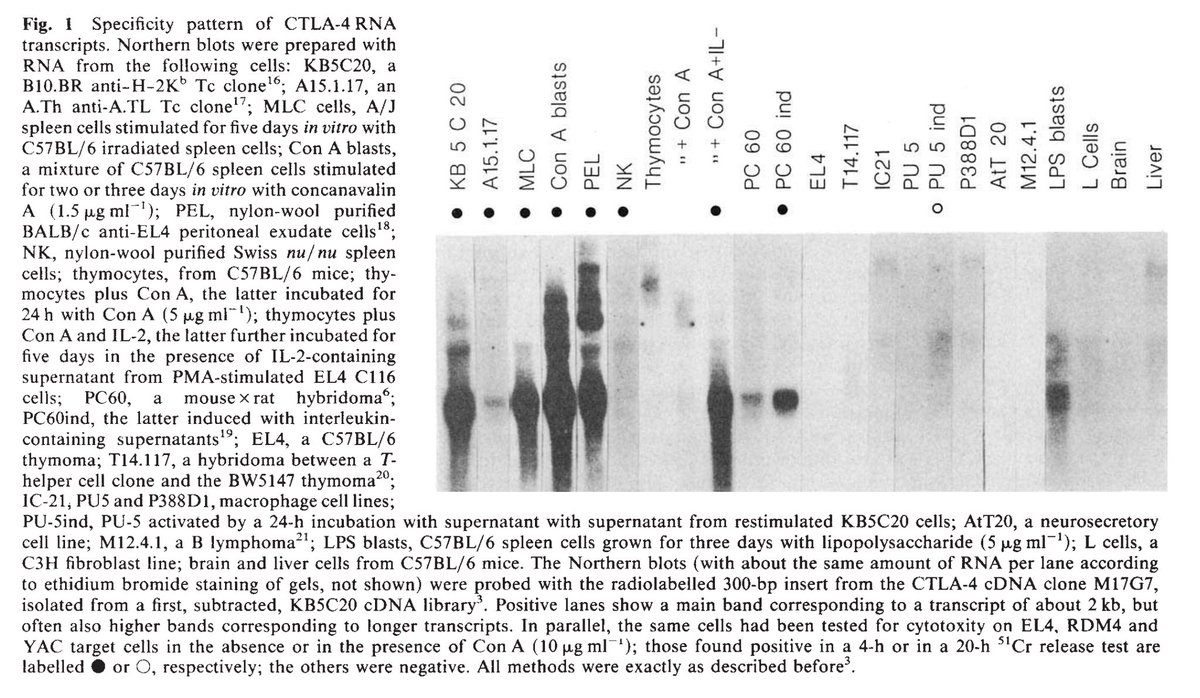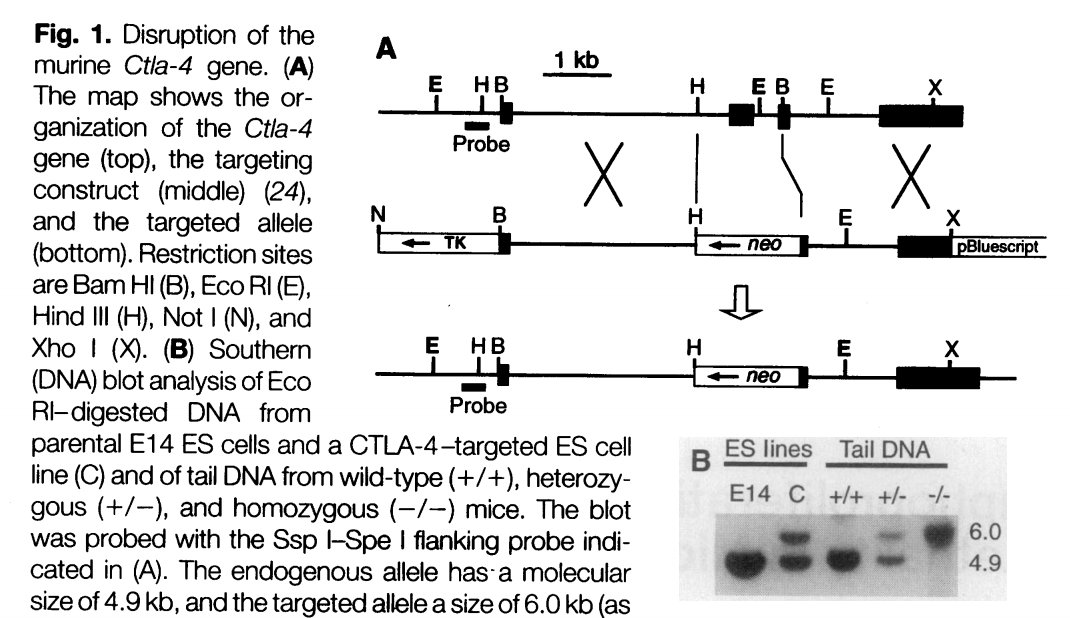nytimes.com/2013/02/12/sci…
slate.com/articles/healt…
ncbi.nlm.nih.gov/pubmed/3496540

ncbi.nlm.nih.gov/pubmed/1334116/
ncbi.nlm.nih.gov/pubmed/7882171/
ncbi.nlm.nih.gov/pubmed/7481803

science.sciencemag.org/content/271/52…


Get real-time email alerts when new unrolls are available from this author!
Twitter may remove this content at anytime, convert it as a PDF, save and print for later use!

1) Follow Thread Reader App on Twitter so you can easily mention us!
2) Go to a Twitter thread (series of Tweets by the same owner) and mention us with a keyword "unroll"
@threadreaderapp unroll
You can practice here first or read more on our help page!

